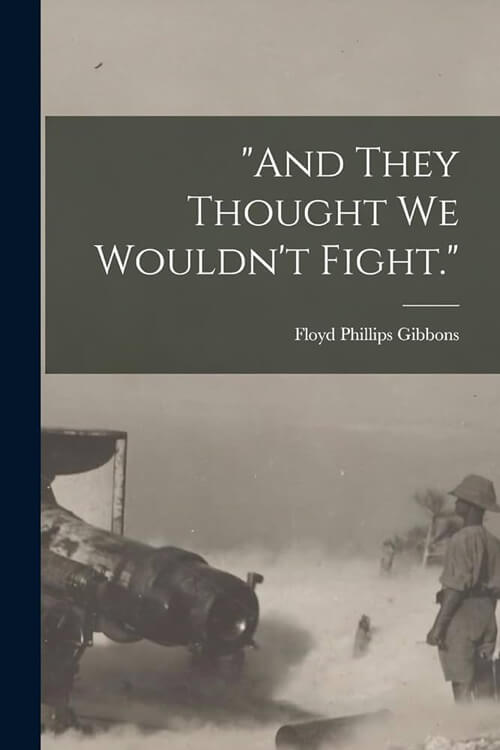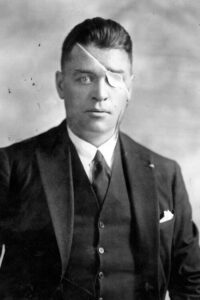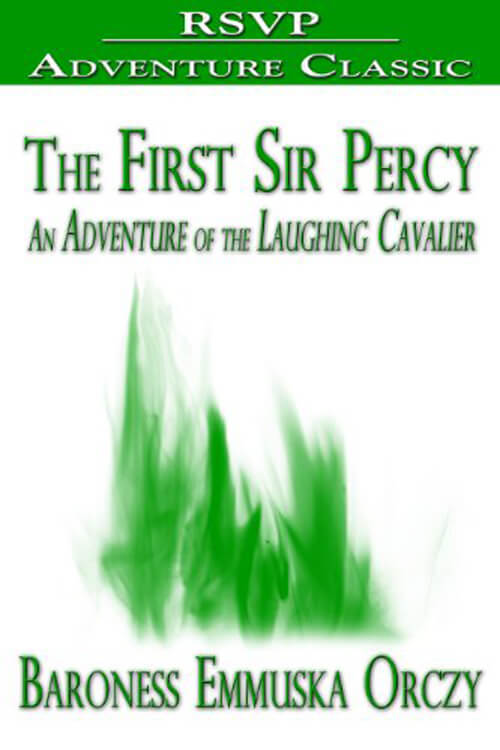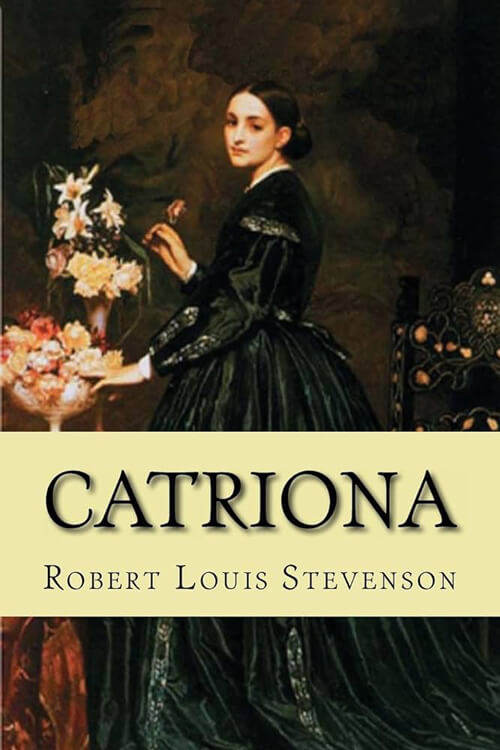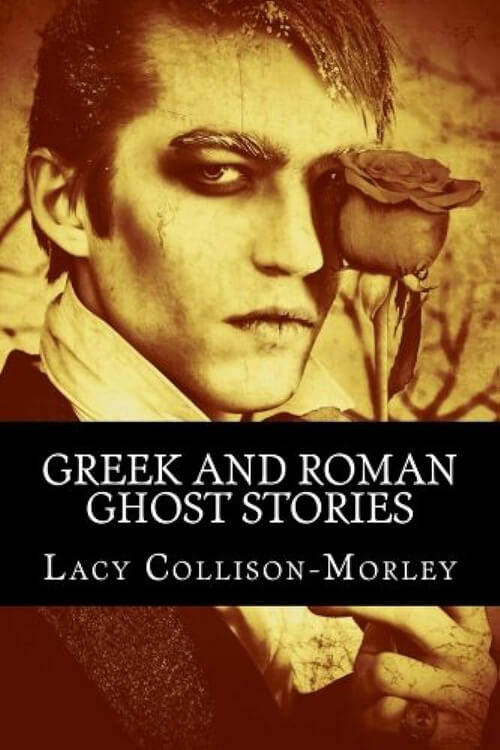
”And they thought we wouldn’t fight”
In 1917, the then Imperial German Government announced to the world that on and after February 1st, its submarines would sink without warning any ship that ventured to enter a zone it had drawn in the waters of the North Atlantic.
Gibbons sensed the meaning of this impudent challenge. He saw ahead the overt act that was bound to come and be the cause of the United States entering the war. In these days the cry of “Preparedness” was echoing throughout the land. England had paid dearly for her lack of preparedness. The inefficient volunteer system had cost her priceless blood. The Chicago Tribune sought the most available newspaperman to send to London and write the story of England’s costly mistakes for the profit of the American people. Gibbons was picked for the mission and arrangements were made for him to travel on the steamer by which the discredited Von Bernstorff was to return to Germany. The ship’s safe conduct was guaranteed. Gibbons did not like this feature of the trip. He wanted to ride the seas in a ship without guarantees. His mind was on the overt act. He wanted to be on the job when it happened. He canceled the passage provided for him on the Von Bernstorff ship and took passage on the largest liner in port, a ship large enough to be readily seen through a submarine periscope and important enough to attract the special attention of the German Admiralty. He sailed on the Laconia, an eighteen thousand ton Cunarder.
On the night of February 27, 1917, when the Laconia was two hundred miles off the coast of Ireland, the Gibbons’ “hunch” was fulfilled. The Laconia was torpedoed and sucked. After a perilous night in a small boat on the open sea, Gibbons was rescued and brought into Queenstown. He opened the cables and flashed to America the most powerful call to arms to the American people. It shook the country. It was the testimony of an eye witness and it convinced the Imperial German Government, beyond all reasonable doubt, of the wilful and malicious murder of American citizens. The Gibbons story furnished the proof of the overt act and it was unofficially admitted at Washington that it was the determining factor in sending America into the war one month later.
Gibbons greeted Pershing on the latter’s landing in Liverpool. He accompanied the commander of the American Expeditionary Forces across the Channel and was at his side when he put foot on French soil. He was one of the two American correspondents to march with the first American troops that entered the trenches on the Western front. He was with the first American troops to cross the German frontier. He was with the artillery battalion that fired the first American shell into Germany.
Read or download Book
Floyd Phillips Gibbons
Floyd Phillips Gibbons (July 16, 1887 – September 23, 1939) was the war correspondent for the Chicago Tribune during World War I. One of radio’s first news reporters and commentators, he was famous for his fast-talking delivery style. Floyd Gibbons lived a life of danger of which he often wrote and spoke.
Early life
Floyd Phillips Gibbons was born on July 16, 1887, in Washington, D.C. He was the first of five children of Edward Thomas Gibbons and Emma Theresa Phillips. Gibbons moved with his family to Des Moines, Iowa, and lived there from 1900 to 1903. He attended schools in Iowa and Minneapolis. His father owned a trading stamp business for merchants in Iowa. Gibbons attended Gonzaga College High School, and later studied law at Georgetown University, from which he was expelled.
Personal life
Gibbons and his wife in Chicago (1917)
Gibbons was known by his contemporaries as “Gib”. He married a woman from Minneapolis and they were later divorced.
Career
Gibbons began as a police reporter on the Minneapolis Daily News in 1907 but was fired. He also worked for the Milwaukee Free Press and the Minneapolis Tribune. While working for the Tribune in 1910, he was arrested for cutting a telegraph line in Winter, Wisconsin to prevent other newspapers from reporting a story first. He moved to the Chicago Tribune in 1912. He became well known for covering the Pancho Villa Expedition in 1916. He became a London correspondent for the Chicago Tribune in 1917 and reported on the 1917 torpedoing of the British ship RMS Laconia, on which he was a passenger.
The Chicago Tribune appreciated his keen eye for detail and vivid splashy style. It sent him to England to cover World War I. As a correspondent at the Battle of Belleau Wood, France. Gibbons accompanied the Fifth Marines where his account of the battle that he submitted violated wartime censorship by mentioning that he was serving with the U.S. Marine Corps. Gibbons’ colorful prose added to the reputation of the Marines. Gibbons lost an eye after being hit by German gunfire at Château-Thierry in June 1918 while attempting to rescue an American marine. Always afterward he wore a distinctive white patch on his left eye. He was given France’s greatest honor, the Croix de Guerre with palm, for his valor on the field of battle.
In 1918-1927 he was the chief of the Chicago Tribune’s foreign service and director of the paper’s European office. He gained fame for his coverage of wars and famines in Poland, Russia, and Morocco. He was fired in 1926, started to write novels, and became a radio commentator for NBC. He narrated newsreels, for which he received a star on the Hollywood Walk of Fame. Gibbons narrated the 1930 documentary With Byrd at the South Pole and narrated a series of Vitaphone short subjects from 1937 to 1939 as well as writing several of them. He narrated Vitaphone’s “Your True Adventures” series of short films, which began as a radio program in which Gibbons paid twenty-five dollars for the best story submitted by a listener. Gibbons was the narrator for the documentary film With Byrd at the South Pole (1930).

